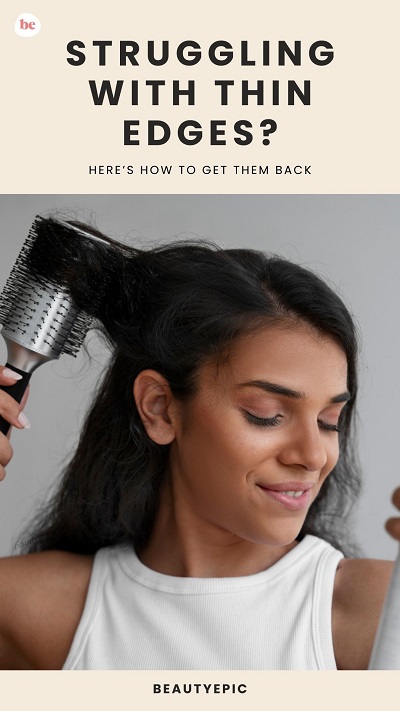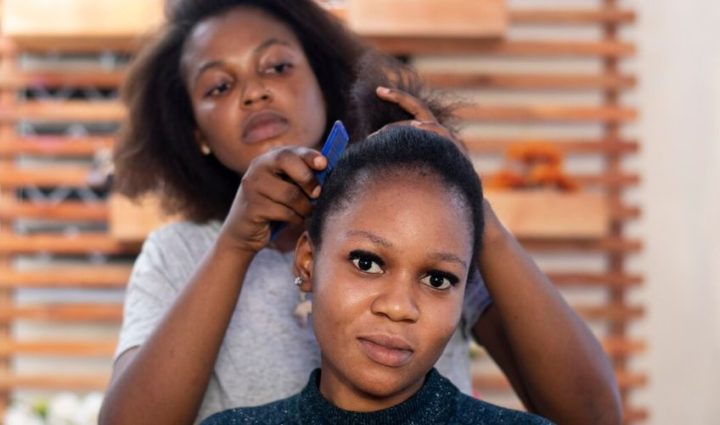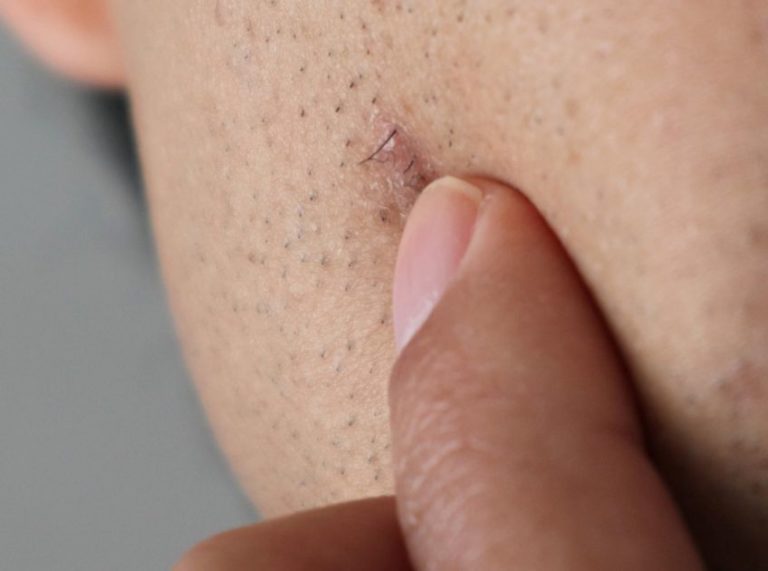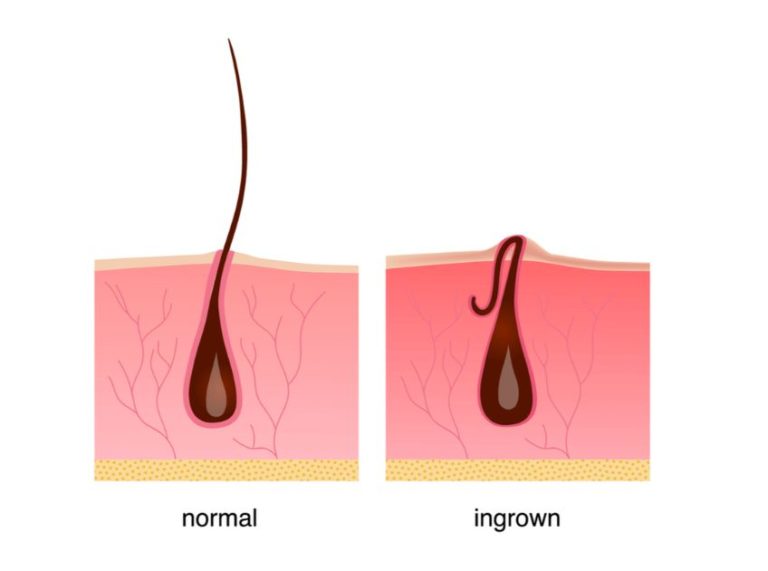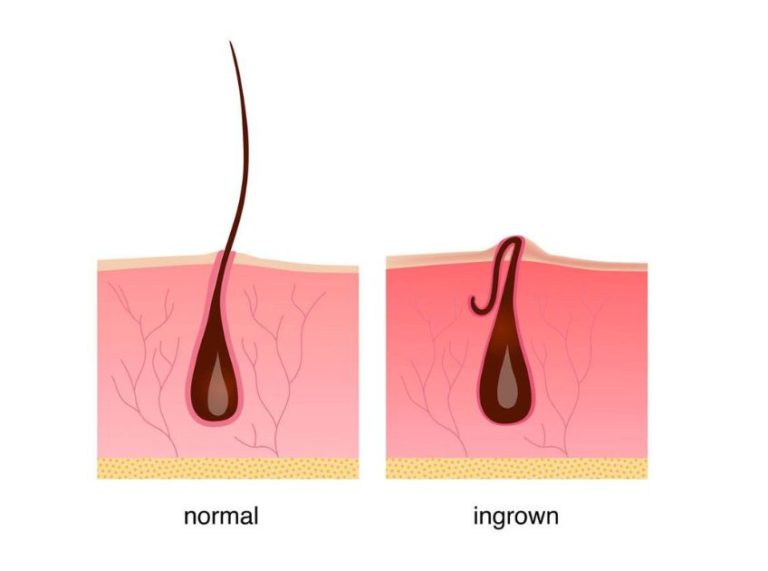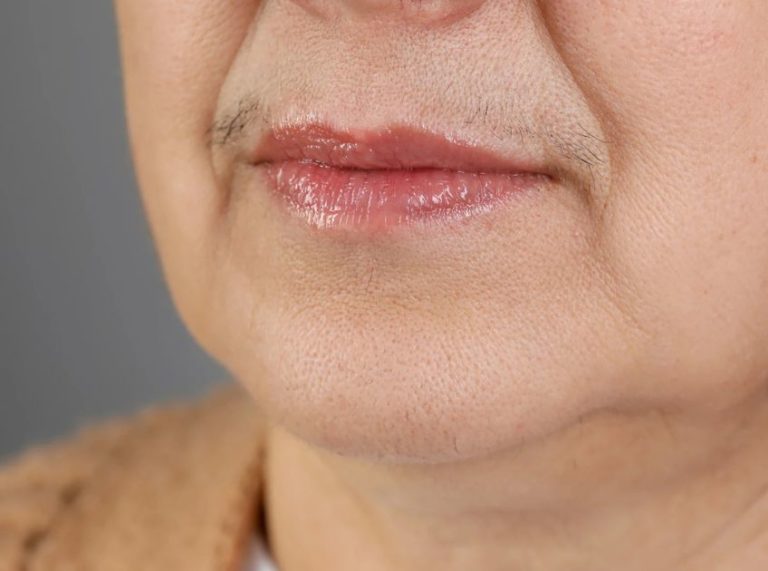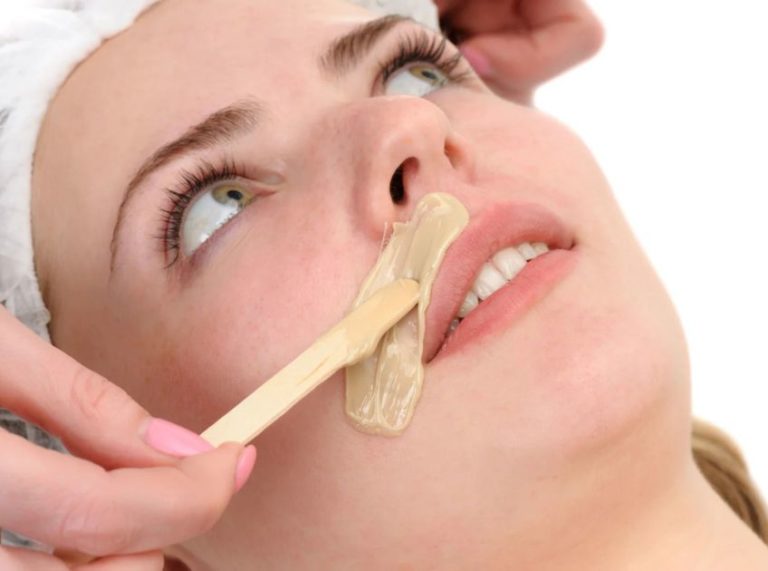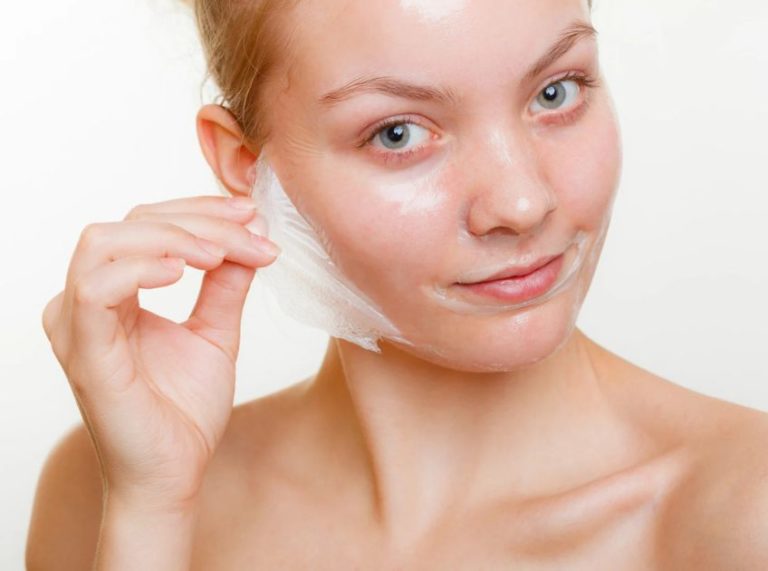
Important: This article is for informational purposes only. Please read our full disclaimer for more details.
Thinning edges can be frustrating, especially when they make hairstyles difficult or affect self-esteem. The good news is that with proper care, gentle routines, and targeted treatments, you can often restore your hairline. Understanding the causes and using the right methods is the first step to growing your edges back stronger and healthier.
Why Are Your Edges Thinning?
Edges are the most delicate part of your hair and can thin due to multiple factors:
- Tight hairstyles: Constant pulling from braids, weaves, or ponytails can cause damage.
- Excessive heat: Frequent use of flat irons or blow dryers.
- Chemical treatments: Relaxers and harsh dyes can weaken follicles.
- Stress and health conditions: Hormonal imbalances or nutritional deficiencies can trigger hair loss.
- Expert Insight: A study published in the Journal of Clinical and Aesthetic Dermatology links traction alopecia (hair loss from tension) (1) to tight hairstyles and emphasizes early intervention to prevent permanent damage (2).
Can You Grow Your Edges Back?
Yes, in many cases, edges can regrow if the hair follicles are still active. Recovery depends on the extent of the damage and how quickly you adjust your hair care routine. Gentle handling, scalp care, and consistent nourishment are key to stimulating regrowth.
How to Stop Edge Thinning Before It Gets Worse
Your first goal should be to protect the delicate hairline from further stress. Early intervention makes it easier to reverse thinning and prevent permanent damage.
- Avoid tension-heavy hairstyles: Tight ponytails, braids, and buns pull on the hairline and weaken follicles over time. Opt for looser styles or protective options that don’t strain your edges.
- Cut back on heat styling: Excessive use of flat irons, curling wands, and blow dryers can make fragile edges brittle and prone to breakage. Use low-heat settings and always apply a heat protectant.
- Moisturize regularly: The hairline dries out faster due to constant exposure. Apply a lightweight leave-in conditioner or oil 2–3 times a week to maintain elasticity.
- Be gentle when detangling: Use a wide-tooth comb or your fingers and avoid aggressive brushing near the hairline.
- Protect edges at night: Sleep on a satin pillowcase or use a silk scarf to reduce friction, which can cause breakage during sleep.
Expert Tip: Rotate hairstyles every few weeks and give your edges a “rest period” without tight styling. A 2021 study in the Journal of Cosmetic Dermatology highlights that early lifestyle and styling changes can significantly reduce the progression of traction alopecia (hair loss due to tension) (3).
Simple Ways to Stimulate Hair Growth on Your Edges
- Scalp massages: Increase blood circulation and nutrient delivery to follicles.
- Use growth-friendly oils: Castor, rosemary, and peppermint oils have been studied for their ability to support hair growth.
- Balanced nutrition: Ensure adequate intake of protein, iron, and vitamins B, C, and E.
- Gentle exfoliation: Lightly exfoliating the hairline removes buildup that can block follicles.
- Study Reference: Research in Skinmed found that peppermint oil stimulated hair growth in animal studies by increasing blood flow to follicles, suggesting potential benefits for thinning edges (4).
How to Thicken Your Hairline Naturally
Thickening thinning edges requires consistent nourishment and scalp care to reactivate weak follicles and encourage new growth.
- Use growth-boosting oils: Jamaican black castor oil, rosemary oil, and peppermint oil are known to stimulate blood flow and support hair regrowth when massaged into the hairline.
- Incorporate scalp massages: Massaging the edges for 5–10 minutes a day improves circulation, delivering more nutrients and oxygen to the follicles.
- Apply natural treatments: Aloe vera gel soothes and hydrates the scalp, while onion juice contains sulfur that supports keratin production, promoting stronger new growth.
- Strengthen with deep conditioning: A weekly protein or moisture mask fortifies fragile hair near the edges, making it less likely to break as it grows.
- Support from within: A diet rich in protein, iron, zinc, and vitamins B and E helps build a stronger foundation for new hair growth.
Research Backing: A 2015 study in Phytotherapy Research found that rosemary oil was as effective as 2% minoxidil in promoting hair regrowth after six months, making it a natural alternative for stimulating thinning edges (5).
Which Oils Work Best for Growing Edges?
- Jamaican Black Castor Oil: Rich in ricinoleic acid, known to improve blood circulation to the scalp.
- Rosemary Oil: Shown in studies to support hair growth by stimulating follicles(5).
- Argan Oil: Provides vitamin E and antioxidants to protect and nourish delicate hair.
- Peppermint Oil: Offers a cooling effect and boosts circulation for potential growth benefits (6).
Research Backing: A 2015 study in Toxicological Research found peppermint oil to be more effective than minoxidil (a common hair growth treatment) in promoting hair growth in mice, making it a promising natural option (6)(7).
Frequently Asked Questions (FAQ’S)
1. How long does it take to grow back thinning edges?
A. It can take 3–6 months to see noticeable results, depending on the level of damage and consistency of your routine.
2. Should I stop wearing protective styles completely?
A. Not necessarily. Choose looser styles and avoid adding tension near the hairline to protect your edges.
3. Can stress cause thinning edges?
A. Yes. Chronic stress can trigger hair shedding and worsen existing thinning, so stress management plays a role in regrowth.
Growing back thinning edges requires patience, gentle care, and the right nourishment. By understanding the causes, avoiding harsh styling, and using growth-stimulating oils and scalp treatments, you can restore your hairline naturally. Consistency is key—healthy habits today will lead to stronger, fuller edges over time.
